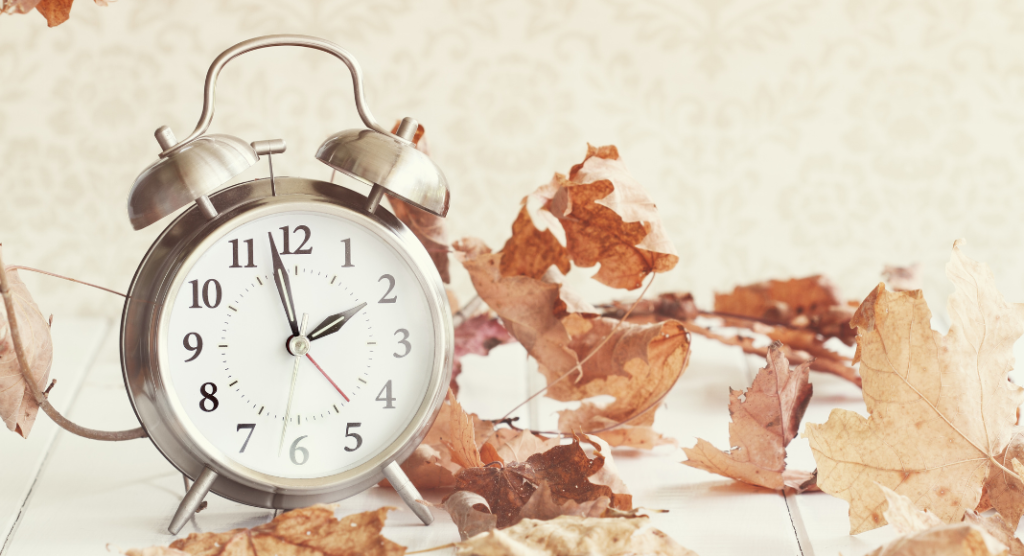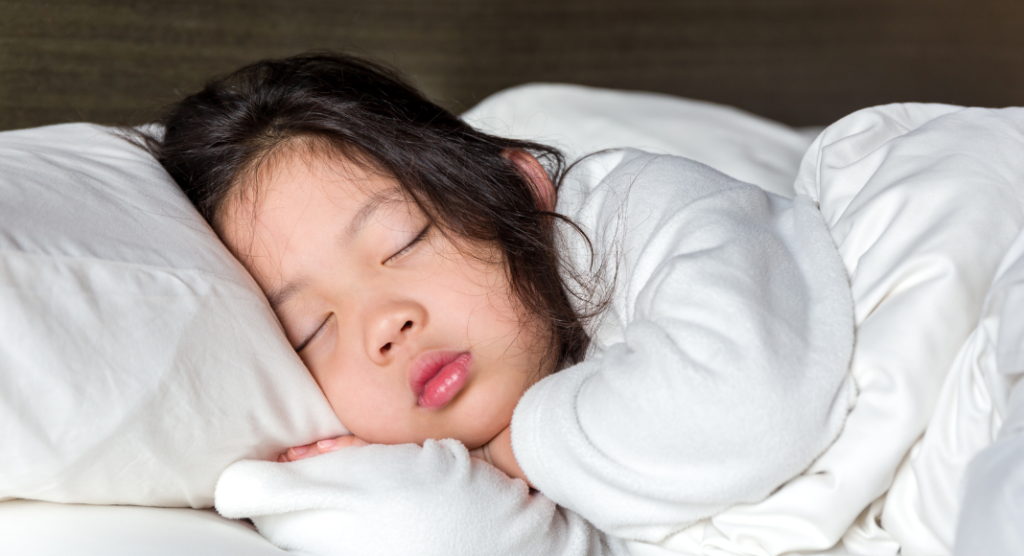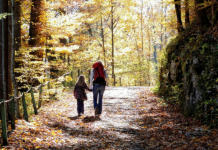 Before I had children, I was always a little sad about the end of Daylight Savings Time every fall. Going to work and leaving work in the dark always seemed a little depressing. Turns out, many adults feel the same way.
Before I had children, I was always a little sad about the end of Daylight Savings Time every fall. Going to work and leaving work in the dark always seemed a little depressing. Turns out, many adults feel the same way.
Time changes can cause significant sleep disruptions and even mood disturbance for adults and children. There has been a big push over the last few years to make Daylight Savings a permanent solution.
As a working mother, the biggest impact of the shorter days on our family has been the decrease in time to play outside for my little one, especially during the week. But the biggest stressor by far that parents share with me, is how their child’s sleep will be affected by the time change. As we move into Standard Time the first week of November, parents want to know what steps they can take to prepare the whole family for that hour shift.
Steps to Prepare Your Family for Daylight Savings Time
The Basics
Let’s start with the basics. What is a normal wake time? For most babies and children, it is anywhere between 6:00 and 7:30 am. Older school-aged children may not wake until 8:00 or 8:30 am. By knowing how much sleep your child needs at night, you have two options. You can plan over about a week ahead of the time change, to get your child’s internal clock adjusted to the new time before that clock actually shifts. Or, you can plan to shift them “cold turkey” and they will adjust over a couple of weeks to the new time.
How much sleep should our kids get?
Newborns: Newborns to three months old should sleep 14 to 17 hours per 24 hours (including naps). They should get no less than 11 hours and no more than 19 hours per 24 hours.
Infants: Four months to twelve months should sleep 12 to 15 hours per 24 hours (including naps). They should get no less than 10 hours and no more than 18 hours per 24 hours.
Children (toddlers): Children one to two years of age should sleep 11 to 14 hours, per 24 hours (including naps). They should get no less than nine hours and no more than 16 hours per 24 hours.
Children (preschoolers): Children three to five years of age should sleep 10 to 13 hours per 24 hours (including naps). They should get no less than eight hours and no more than 14 hours per 24 hours.
Children (school-aged): Children six to twelve years of age should sleep nine to 11 hours per 24 hours. They should get no less than seven hours and no more than 12 hours per 24 hours.
Teenagers: Children 13 to 18 years of age should sleep eight to ten hours per 24 hours. they should get no less than seven hours and no more than 11 hours per 24 hours.
 You know how much sleep your child needs and what their normal wake time is (or should be). You also know what their bedtime is (or should be, based on the sleep needs).
You know how much sleep your child needs and what their normal wake time is (or should be). You also know what their bedtime is (or should be, based on the sleep needs).
What’s next?
If you are a parent seeking a gradual approach, start shifting your child’s bedtime later by 10-20 min each night over a three-to-seven-day period. The latest bedtime will end up being an hour past their normal bedtime on the Saturday that the clocks fall back.
As you shift bedtime each day, if possible, plan to start your day that much later the following day, until their wake-up time is an hour later than normal the day before the time changes. The latest wake time will end up being an hour past their normal wake time on the day before the time change. This will hopefully land them back at their normal wake time on that Sunday after the time change.
If you have an infant or toddler who is especially sensitive to changes in their wake windows, you can shift naps in the same way. This may be hard if your child is in childcare but most facilities are accommodating, once the parents explain the reasoning behind the changes.
Troubleshooting
All of this sounds great but what if you missed the window and the time has already changed? Or your child did not respond to the slow transition and is still early rising? Do your best to keep your baby or child in their sleep space until at least 6:00 am. If you need to go in and reassure them that it is not wake-up time yet, that is perfectly fine.
Once you do get your child up for the day, do your best to get some early morning sunlight exposure in as soon as possible. Early morning sunlight exposure is one of the best ways to set or re-set our circadian rhythms and internal clocks.
Do What’s Best for Your Family
Every family and child is different in terms of personalities and what’s important to them. There is no right or wrong way to do this. The younger children who are still napping typically have the hardest time with this transition. Do whatever you feel is best for your family and either way, everyone will transition over a couple of weeks. Like with any change, a little patience and grace with yourself and your children goes a long way.














